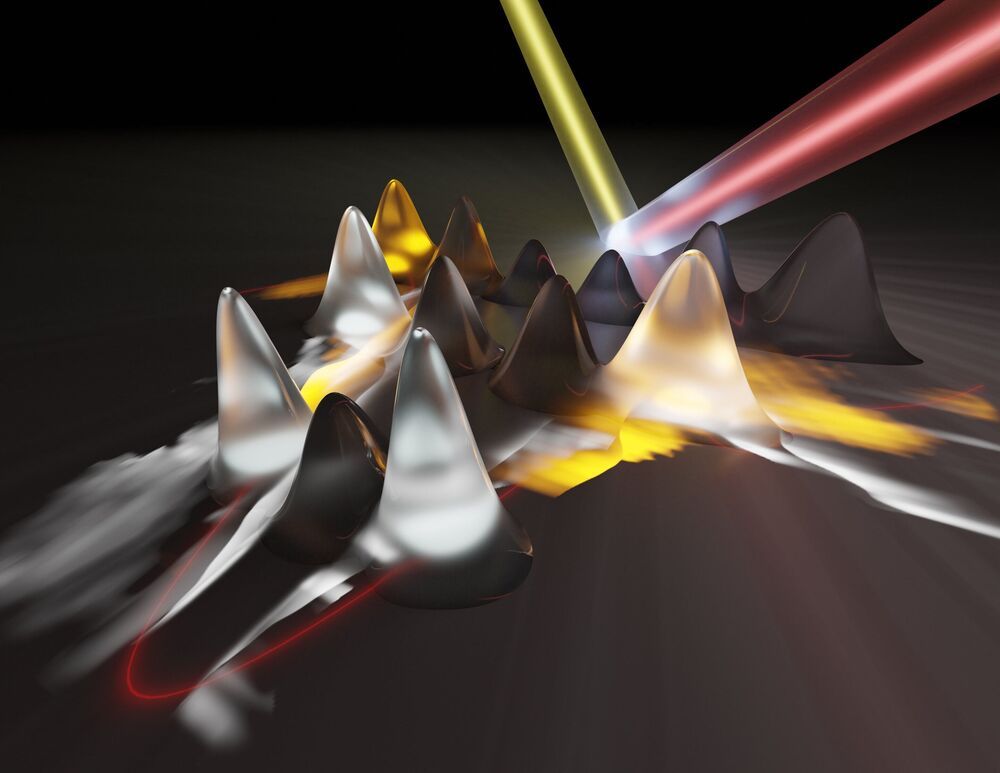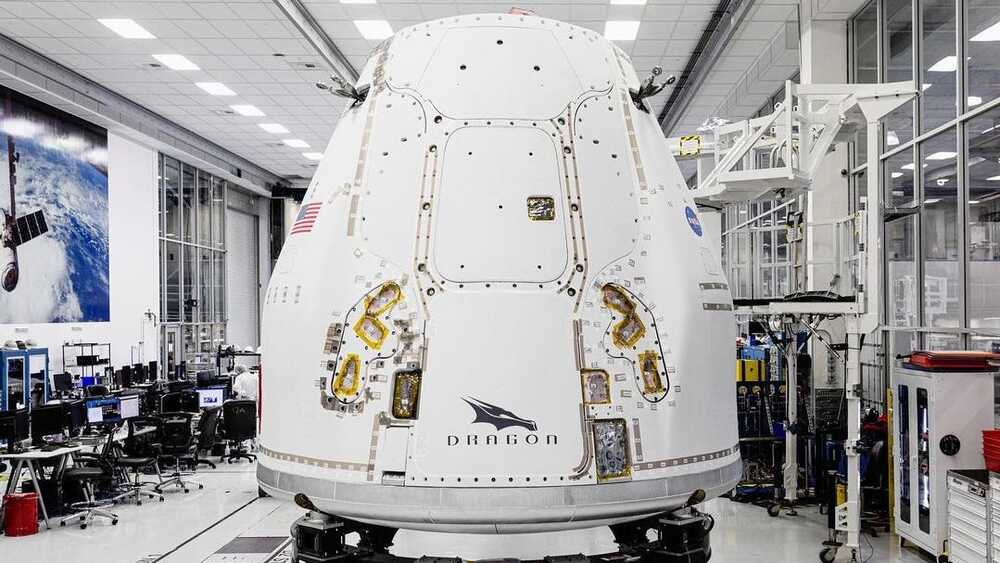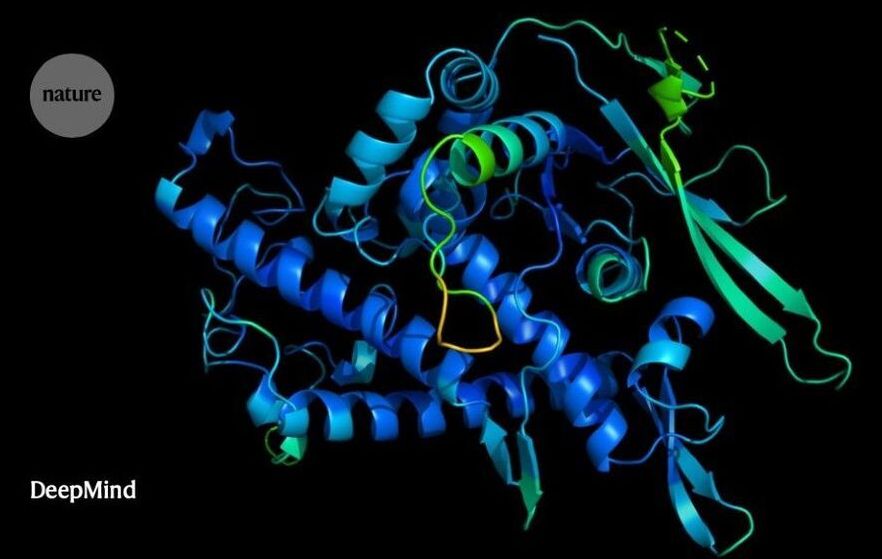Dec 3, 2020
Tech makes it possible to digitally communicate through human touch
Posted by Saúl Morales Rodriguéz in categories: computing, mobile phones
Instead of inserting a card or scanning a smartphone to make a payment, what if you could simply touch the machine with your finger?
A prototype developed by Purdue University engineers would essentially let your body act as the link between your card or smartphone and the reader or scanner, making it possible for you to transmit information just by touching a surface.
Continue reading “Tech makes it possible to digitally communicate through human touch” »


















